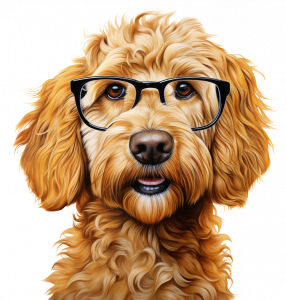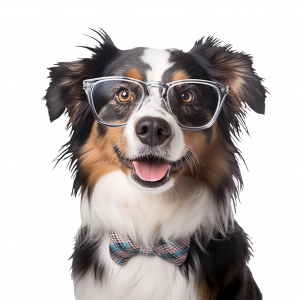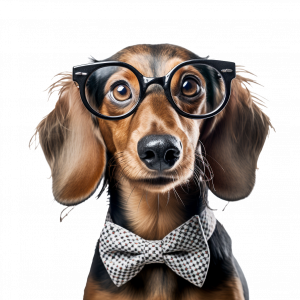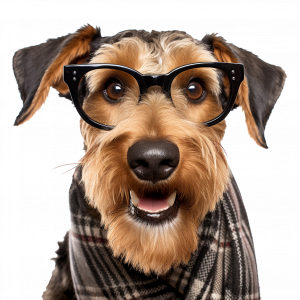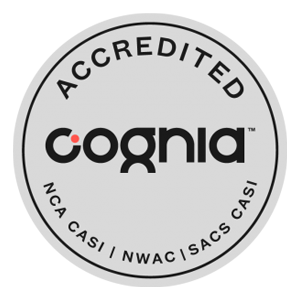Best DSLR Cameras for Beginners: A Comprehensive Guide to Choosing Your First Camera
Choosing your first DSLR camera can be overwhelming, especially with so many options available. This guide simplifies your decision by reviewing the top beginner-friendly DSLR cameras, their features, and tips for getting started with photography. Whether you’re looking to capture stunning landscapes, portraits, or everyday moments, we’ll help you find the perfect DSLR to kickstart your photography journey.
Understanding DSLR Cameras
Before diving into the best DSLR cameras for beginners, it’s essential to understand what sets DSLRs apart from other types of cameras. DSLR stands for Digital Single-Lens Reflex, and these cameras offer superior image quality, versatility, and control compared to point-and-shoot cameras or smartphones.
Key features of DSLR cameras include:
- Interchangeable lenses
- Large image sensors
- Manual controls for exposure, focus, and more
- Optical viewfinder
- Better performance in low-light conditions
Top DSLR Cameras for Beginners
Let’s explore some of the best DSLR cameras for beginners, considering factors such as ease of use, image quality, and value for money.
1. Canon EOS Rebel T7 / 2000D
The Canon EOS Rebel T7 (also known as the 2000D) is an excellent entry-level DSLR camera that offers a perfect balance of features and affordability. With its 24.1-megapixel sensor, intuitive controls, and guided modes, it’s an ideal choice for beginners looking to explore photography.
2. Nikon D3500
Nikon’s D3500 is another top contender for beginners. It boasts a 24.2-megapixel sensor, excellent battery life, and a lightweight body. The camera’s Guide Mode is particularly helpful for newcomers, offering step-by-step instructions for capturing various types of shots.
3. Canon EOS 80D
For those willing to invest a bit more, the Canon EOS 80D offers advanced features that can grow with you as your skills improve. It features a 24.2-megapixel sensor, a responsive autofocus system, and a vari-angle touchscreen, making it versatile for both stills and video.
4. Pentax K-70
The Pentax K-70 is a rugged and feature-rich DSLR that’s often overlooked. It offers weather-sealing, in-body image stabilization, and excellent low-light performance, making it a great choice for outdoor enthusiasts and night photographers.
Key Features to Consider When Choosing Your First DSLR
When selecting your first DSLR camera, consider the following features:
- Sensor Size: Larger sensors generally produce better image quality, especially in low light.
- Megapixels: While important, don’t solely focus on megapixel count. Higher isn’t always better for beginners.
- Autofocus System: Look for cameras with reliable and fast autofocus, especially if you plan to shoot moving subjects.
- ISO Range: A wider ISO range allows for better performance in various lighting conditions.
- Ergonomics: Ensure the camera feels comfortable in your hands and has intuitive controls.
- Connectivity: Built-in Wi-Fi and Bluetooth can make sharing and transferring photos easier.
Tips for Getting Started with Your New DSLR
Once you’ve chosen your first DSLR camera, here are some tips to help you get started:
- Read the Manual: Familiarize yourself with your camera’s features and settings.
- Start with Auto Mode: Use the automatic mode initially, then gradually explore manual settings as you become more comfortable.
- Learn the Exposure Triangle: Understand how aperture, shutter speed, and ISO work together to create well-exposed images.
- Practice Composition: Study and apply basic composition rules like the Rule of Thirds to improve your photos.
- Experiment with Different Lenses: Try out various lenses to understand how they affect your images and which ones suit your style.
- Join a Photography Community: Connect with other photographers, share your work, and learn from their experiences.
Accessories to Consider
To enhance your photography experience, consider investing in these accessories:
- A sturdy tripod for stable shots and long exposures
- Extra memory cards and batteries
- A camera bag for protection and easy transport
- A basic editing software to process your photos
- Filters (UV, polarizing, ND) for various shooting conditions
Conclusion
Choosing your first DSLR camera is an exciting step in your photography journey. By considering the features that matter most to you and selecting from the top beginner-friendly options, you’ll be well on your way to capturing stunning images. Remember, the best camera is the one you have with you, so focus on learning and practicing rather than getting caught up in gear comparisons.
Whether you opt for the Canon EOS Rebel T7, Nikon D3500, Canon EOS 80D, Pentax K-70, or another beginner-friendly DSLR, the key is to start shooting, experimenting, and enjoying the process of learning photography. With time and practice, you’ll develop your skills and may even find yourself ready to upgrade to more advanced equipment.
Happy shooting!









